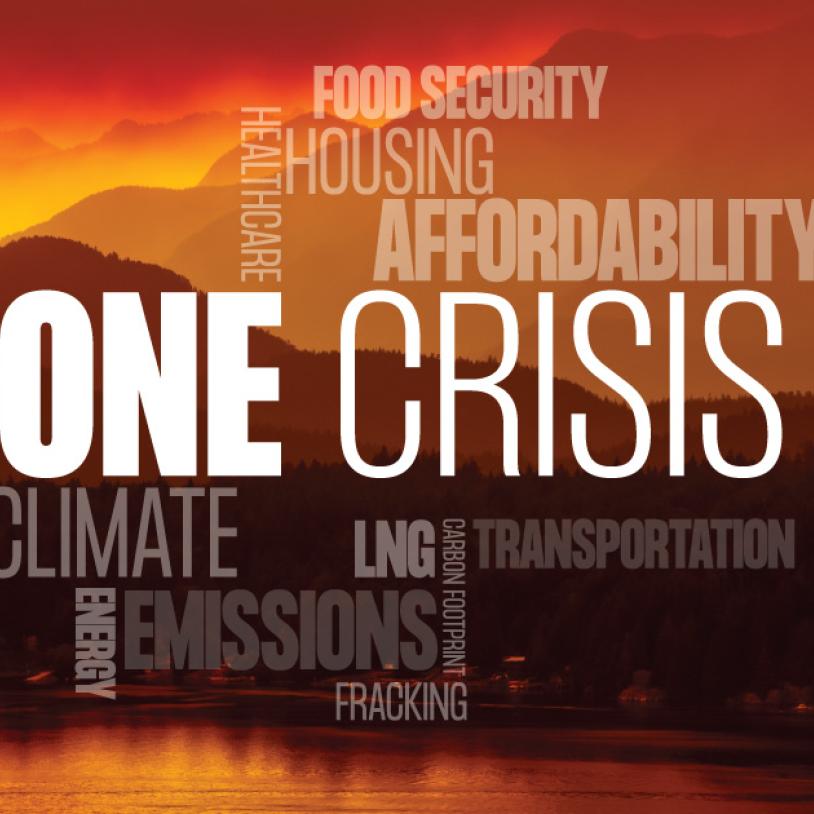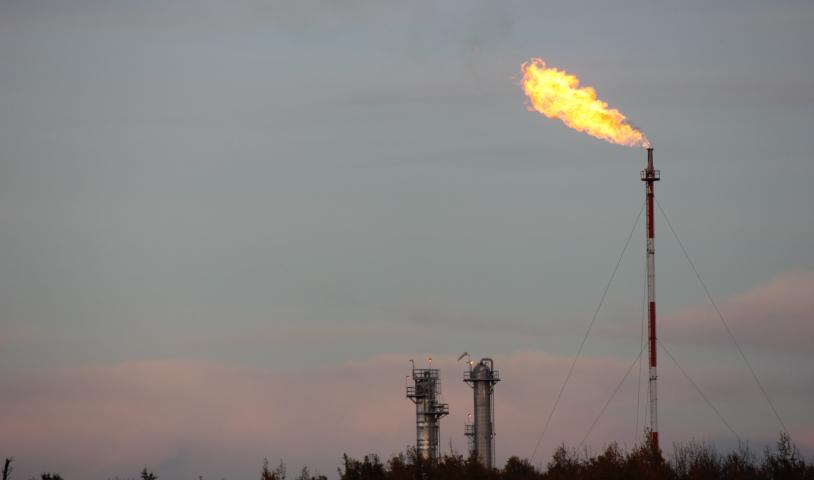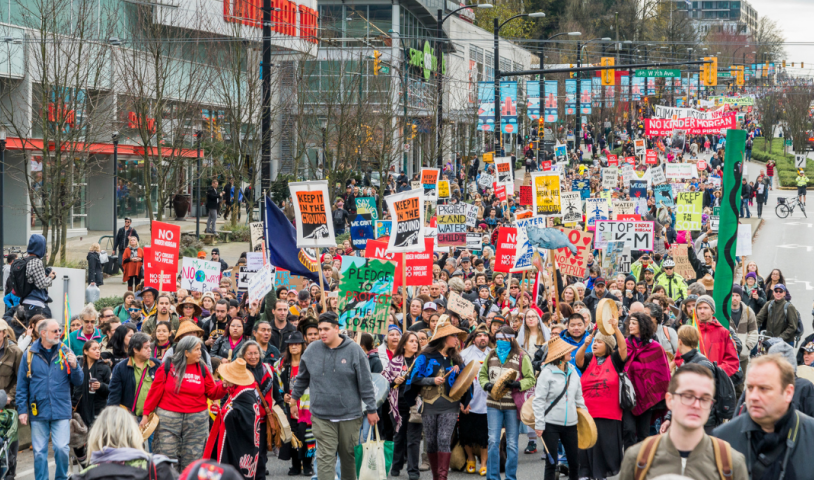Residents worry about health impacts of Burnaby oil spill
Thursday, September 8, 2011
The impacts of the oil spill in Burnaby in 2007 are still being felt by local residents. Meanwhile at the same time this was taking place a risk assement panel was meeting to allow larger tankers through the burrard inlet. In more oil has passed through this Burnaby neighbourhood since this accident without any public process. Now very quietly Kinder Morgan is trying to drastically increase tanker traffic and in the next few years they want to increase the overall volume of oil moving through this pipeline from 300,000 barrels of oil a day to 700,000 barrels a day.
We can stop this. Get involved in the campaign.
Here are a couple of the clips from when this was all taking place in Burnaby:
Residents worry about health impacts of Burnaby oil spill
Environment will suffer long-term toxic impacts: experts
Last Updated: Thursday, July 26, 2007 | 10:16 AM PT
CBC News
Environmental experts predicted long-term contamination of the land and sea around Burnaby, B.C., as the cleanup continued Wednesday of almost 240,000 litres of crude oil that were spilled into Inlet Drive and Burrard Inlet Tuesday.
People who live near the massive oil spill complained they've been given little information about their top priority — their health — and some residents fear rain in the forecast will make matters worse.
Debby Crouch, who fled her home after a mist of oil began spraying into her yard, returned only to inspect the damage.
(CBC)
Residents attended a town hall meeting held by the city Wednesday night. Also in attendance were government officials, police and representatives of Kinder Morgan, owner of the ruptured pipeline.
The pipeline company told residents that it won't finish assessing damaged homes until the weekend.
Premier Gordon Campbell toured the area Wednesday afternoon, and said those at fault will pay the cleanup bill.
There's disagreement over why the spill occurred. The construction crew charges that the pipeline wasn't properly marked, and the pipeline operator has blamed the crew.
Burnaby Mayor Derek Corrigan said Wednesday afternoon that non-stop digging and scraping are being done to remove the thick crude oil covering the neighbourhood.
"We worked all night. There's been a lot of progress made in cleaning up. Both the federal and provincial ministers of environment have promised resources to help us," he said.
Federal Environment Minister John Baird was scheduled to tour the inlet on a boat in the afternoon, and environmental crews continue to assess the problem.
Some residents who left their homes after the spill returned after deciding they could bear the heavy, pungent smell of the oil, but others are still staying in hotels.
An undetermined amount of crude oil entered the storm sewer system and drained into Burrard Inlet.
(CBC)
Debby Crouch fled her home after oil began filling her yard Tuesday. After a long night in a local hotel, she said she was only returning to inspect the damage.
"Our tomatoes and corn and vegetables … I think they're all ruined," she said. "My roses have turned blackened and died. I don't know how you can save them."
Pipeline ruptured by excavator
At about 12:30 p.m. Tuesday, a road crew digging with an excavator on Inlet Drive near the intersection of the Barnet Highway and Hastings Street ruptured a Kinder Morgan pipeline carrying crude oil from a refinery to a refueling facility on the harbour.
Witnesses said a stream of black crude shot 30 metres into the air like a geyser for 25 minutes before the pipeline was shut down.
About 50 homes were evacuated and residents had to spend the night in hotels. The Barnet Highway from Hastings Street to St. John Street has remained closed while crews continue to clean up the oil.
Corrigan said crews were using peat moss and street cleaners to mop up the mess, but that damage to property and the environment had already been done.
Crews use heavy equipment to dig and scrape oil from the streets.
(CBC)
Dirk Kirste, an environmental geochemist at Simon Fraser University in Burnaby, said Wednesday that when oil gets into the sand, soil and water systems, it can be toxic.
"Certainly the vegetation can be killed off," said Kirste. "Any oil will cause a fairly significant change in the chemistry in the soil and the water surrounding it."
Marine damage could linger for decades, expert says
According to Ian Anderson, president of Kinder Morgan Canada, 234,000 litres of crude were spilled. An undetermined amount entered the storm sewer system and drained into the environmentally sensitive waters of Burrard Inlet.
Containment booms were deployed within hours, but environmental conservation experts are still concerned.
Marine conservation specialist Jay Ritchlin says it will take a few days before the extent of the damage to the marine environment is known. He says toxic effects could linger for decades.
(CBC)
"We don't know the extent of the damage fully, but clearly the land around the spill and waters of Burrard Inlet have been affected, so we do expect some toxic impacts," Jay Ritchlin, a marine conservation specialist with the David Suzuki Foundation, said Wednesday morning.
"Crude oil can sink in water, making it difficult to clean up. Birds and mammals can run and hide, making them difficult to find," said Ritchlin. "They lose their ability to control their heat when they get oiled. That can cause instant death."
So far there are no reports of dead or affected animals, but they could start showing up as early as Wednesday, he said.
Many plants and trees are coated with the thick crude oil, causing concern for the neighbouring area's ecology.
(CBC)
Several factors will aid the cleanup, said Ritchlin. Containment booms were put in place quickly, and a lack of wind and waves means the oil has not been breaking up and dispersing.
But Ritchlin said Burrard Inlet has sensitive wetlands, and if the heavy crude gets into the eelgrass, the long-term low-level toxic effects could last for decades. He said four species of salmon populate the inlet and First Nations still use the mudflats for harvesting shellfish.
Ritchlin said toxic oil still remains in a similar marine environment, the sensitive wetlands in the Squamish River estuary, after an oil spill in 2006.
The cleanup on the water by is being overseen by the Vancouver Port Authority and monitored by the coast guard.
(CBC)
"The real tragedy is there is supposed to be a moratorium on this sort of activity on the coast," said Ritchlin. "Instead we are importing toxicity from the tarsands in Alberta and exporting global warming to the rest of the world."
Investigation continues as blame disputed
Ultimately, those responsible for the broken pipeline will have to pay for the damages — but it's not yet clear where the blame lies.
Burnaby officials said the city has strict guidelines to prevent these types of accidents.
The Transportation Safety Board has begun an investigation into the cause of the spill.




